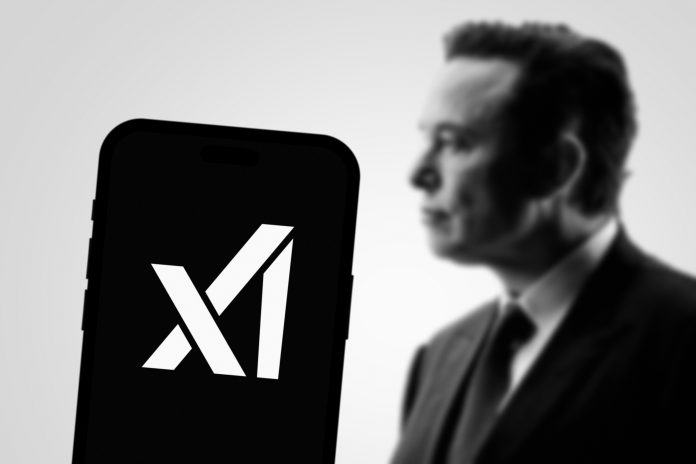Elon Musk, CEO of Tesla and AI startup xAI, is intensifying efforts to build advanced supercomputers to enhance artificial intelligence capabilities across his businesses. At the heart of this initiative is Tesla’s custom-built supercomputer, Dojo, designed to process vast amounts of video and data from Tesla vehicles. The goal is to improve Tesla’s Autopilot and Full Self-Driving (FSD) systems, a crucial step toward achieving full autonomy and, ultimately, a fleet of Tesla robotaxis.
Tesla plans to invest $500 million in building Dojo at a Buffalo, New York facility. In addition, the company is constructing another supercomputer cluster, Cortex, at its headquarters in Austin, Texas. These supercomputers will support Tesla’s growing AI needs, including training its humanoid robot, Optimus, which is expected to be deployed in Tesla factories next year.
Despite its significant advancements, Tesla’s vision of full autonomy still faces challenges. The Autopilot and FSD features, which currently require active driver supervision, have drawn regulatory scrutiny over concerns of overstating their capabilities. Nevertheless, the company’s success in reaching full autonomy is pivotal to its valuation, with robotaxis as a key future market. Tesla’s upcoming robotaxi event, now expected in early October, will be closely watched for updates.
Beyond Tesla, Musk’s AI aspirations extend to xAI, his AI venture launched in 2023 to develop large language models and AI tools, including Grok, an alternative to products from OpenAI, Microsoft, and Google. To support xAI, Musk is constructing a supercomputer in Memphis, Tennessee, known as Colossus. A portion of Colossus is already operational, marking another significant step in Musk’s AI ambitions.
Musk’s investments in AI are part of a broader push to position Tesla and xAI at the forefront of artificial intelligence and autonomous technology. The combined potential of these supercomputers is expected to fuel innovation in both the automotive and AI sectors, as Tesla aims to close the gap with competitors like Waymo, Cruise, and Zoox in the race toward full autonomy.



